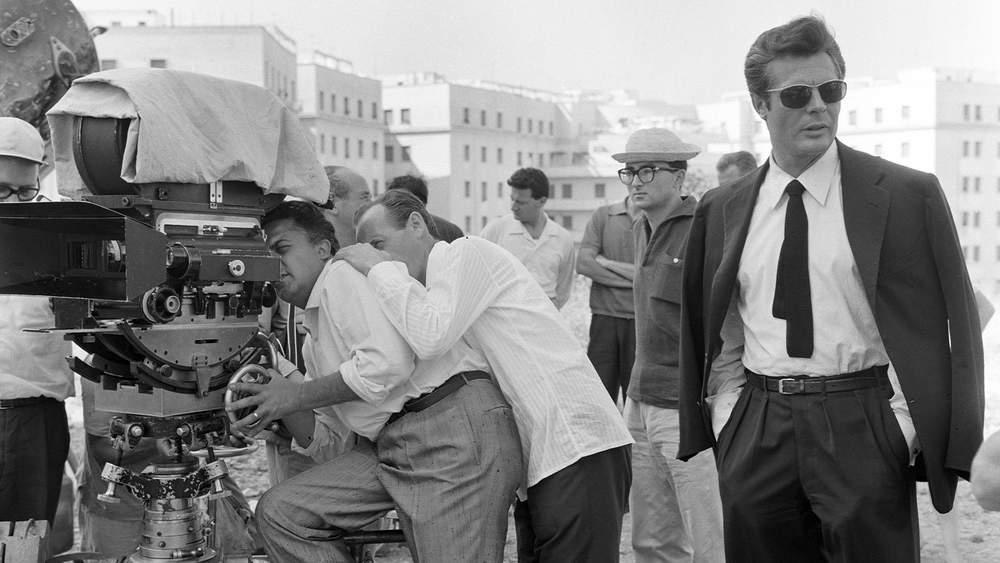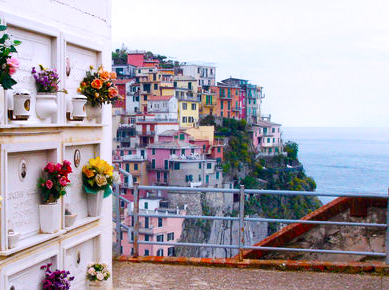Federico Fellini’s 1960 masterpiece “La Dolce Vita” premiered Italy 60 years ago this week, eventually finding its way into American theaters, just as foreign films were gaining popularity. The unique Italian flavor that Fellini’s films brought to the screen was a different world for American movie goers. “In La Dolce Vita,” world-weary gossip columnist Marcello Rubini, brilliantly played by Marcello Mastroianni, perfectly embodied the image of post-war Italian cool – resplendent in marvelously tailored suits and wearing jet-black sunglasses.
Americans were instantly attracted to Marcello and his comical, yet nonchalant scowl. Now with over a half-century of perspective, it makes perfect sense that the exotic quality of “La Dolce Vita” would have been a major draw for U.S. audiences of the time. It was a view of the world through an entirely different perspective than the America that was just emerging from the fabulous 50’s. The character Rubini provided such a rich contrast between the sacred and the profane, American audiences could only quietly laugh in amazement and marvel at the irony of his tormented conscience. The cast of characters that Fellini included left no doubt in the minds of the audience that they had been transported to a colorful and romantic foreign destination.
The passage of time has truly underscored the differences between the alluring sleekness of Italian high society and the middle-America that was only then nearing the end of the baby boom. Fellini dazzled audiences with visions of indulgence so intoxicating that one could forgive, if not forget, the wayward moral compass settings exhibited by the chic and wealthy. Today it is nostalgic to revisit that time when a different set of rules applied to the wealthy and powerful, but Fellini pulled it off in a manner that made being rich as undeniably tasteful as it was decadent.
Mastroianni makes his way through the episodic plot as he stumbles through his own existence, where he is slyly ambivalent about his cushy lifestyle. When he tires of his wife, he goes to his mistress. When he tires of his mistress, he cavorts with a foreign movie starlet. His slice of life is the upper crust and although he has just enough moral fiber to feel ashamed of his life’s excesses, he does not have the resolve to give it up. “La Dolce Vita” remains such an enduring film on several levels – an exceptional, well-devised script, perfect casting, brilliant direction, compelling staging and lighting and lovable, but flawed characters. Based upon any other culture, it likely would not have nearly the same appeal. Fellini makes it work in a seamless manner because he is Fellini and no one (except perhaps the devil) has ever done a more masterful job at selling an audience on sin! The Trevi Fountain was never quite the same after Anita Ekberg’s watery frolic in her black gown.
From coining the term ‘paparazzi,’ to one of the last scenes symbolizing the emptiness of his life, “La Dolce Vita” has had an impact on our lives and countless scenes in the film that have followed through the decades. It is a study in contrast and a study of life, viewed through the eyes of a filmmaker whose 100th year anniversary of his birth comes in the same year as the 60th anniversary of one of his masterpieces. Watch the movie this weekend with a loved one and if you decide to enjoy it with a sandwich, make sure to make it with the upper crust.





